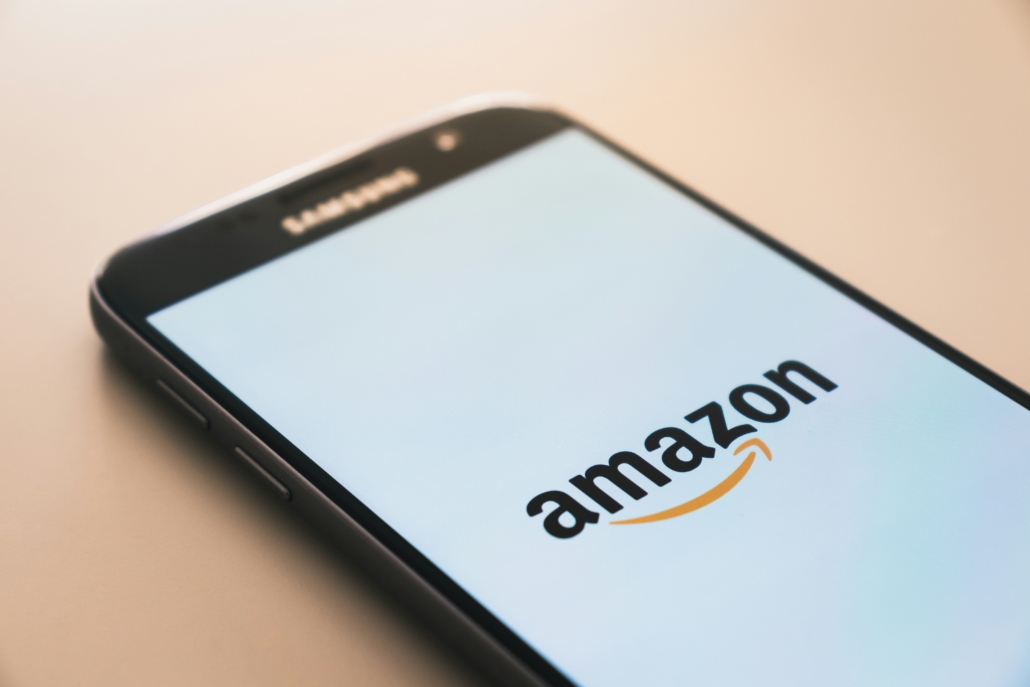How Amazon Is Changing FBA Prep & Labeling in 2026: What Sellers Need to Do Now

Big changes are coming to Amazon FBA that all sellers need to prepare for. Starting January 1, 2026, Amazon will no longer offer prep or labeling services for inventory sent to U.S. fulfillment centers.
If you’ve been depending on Amazon to barcode, poly-bag, bubble-wrap, or label your products, this shift means those responsibilities now fall entirely on you (or your service partners). In this article, we’ll break down what’s changing, the risks, your options, and how to prepare before the deadline hits.
What Exactly Is Changing (and Why)
According to Amazon’s official announcement, the company will end its FBA prep and labeling services for U.S. shipments starting January 1, 2026. This means sellers who previously relied on Amazon for packaging, labeling, and prepping inventory will now be responsible for handling these tasks themselves or through third-party providers.
- Amazon’s official API changelog confirms that
prepOwner = AMAZONandlabelOwner = AMAZONvalues will no longer be accepted for inbound shipments in the U.S. as of 2026. - The change affects all inventory sent to FBA, including units that go through AWD, AGL, Amazon SEND, or the Supply Chain Portal.
- For shipments created before January 1, 2026, Amazon will still provide prep services (even if the inventory arrives later).
- But starting with new shipments on or after 2026, any units arriving without proper prep or labeling may be rejected, delayed, or disallowed from reimbursements if damaged or untraceable.
Who This Impacts Most
- Sellers who relied heavily on Amazon’s in-house prep and labeling services.
- Sellers without in-house warehousing or labeling infrastructure.
- Those who manage many SKUs or bundles with complex prep requirements.
- New or small sellers who haven’t built logistics systems yet.
- Suppliers producing overseas, where they assumed Amazon would handle final prep.
Risks & Challenges You Need to Watch Out For
- Non-compliance / Rejection — shipments may get rejected or held due to packaging mistakes.
- Lost reimbursements — Amazon may decline reimbursement for lost or damaged items if they arrive unprepared.
- Delays in check-in — your inventory could sit longer at fulfillment centers while corrections are made.
- Increased logistics costs — buying packing materials, labels, labor, or paying third parties.
- More complexity and admin — monitoring every SKU’s prep, tracking errors, quality control.
- 3PL or partner mistakes — even if you outsource, you’ll still be responsible if prep fails.
Many sellers are already discussing the impact of these upcoming changes in the Amazon Seller Forums, raising concerns about increased costs, prep errors, and supply chain delays.
What You Can Do: Two Primary Paths
Option A: Do It Yourself (In-House)
If you have space, staff, or decent logistics capacity, doing your own prep might make sense. But you’ll need:
- Equipment — barcode printers, label materials, packing tools (bags, wrap)
- Training — staff must know Amazon’s exact packaging requirements
- Quality control checks — catching mistakes before sending
- Workflow design — fast, scalable processes to avoid bottlenecks
Pros: more control, no markup from outside vendors
Cons: capital costs, complexity, risk of mistakes
Option B: Outsource to a 3PL / Prep Center
This is likely the safer move for many sellers who don’t want to build logistics infrastructure. Benefits include:
- Expertise in Amazon compliance
- Scalability and capacity
- Responsibility for error checking
- Faster execution without you managing daily operations
When selecting a prep/vendor partner, look for:
- Proven Amazon compliance track record
- Transparent pricing
- Good reviews from other sellers
- Fast turnaround and geographic advantage
- Ability to handle kitting, labeling, poly-bagging, bundling
You can search Amazon’s Service Provider Network (SPN) for vetted prep providers to get started.
As reported by Supply Chain Dive, Amazon’s decision is part of a broader push to streamline fulfillment centers and improve efficiency. The company expects most sellers to handle prep independently or through approved service partners.
Action Plan & Timeline (What to Do Before 2026)
| Timeframe | Key Actions |
|---|---|
| Now — Q4 2025 | – Audit all SKUs to see which ones Amazon is currently prepping – Estimate costs and workflows for in-house vs outsourcing – Research and vet 3PL / prep vendors – Run test shipments and practice compliance – Final shipments using Amazon’s prep before deadline |
| Late 2025 | – Decide on your method (DIY or 3PL) – Begin building systems or contract with 3PL – Start shipping fully prepped inventory – Monitor for errors and adjust your process |
| January 1, 2026 & Beyond | – Ensure any new shipment is fully prepped – Maintain rigorous QC – Monitor Amazon’s compliance feedback and health metrics – Adapt logistics to scale with your business |
One tip: treat the final few months as your safety buffer. Don’t wait until December to scramble.
Your mission now is to treat this change as an opportunity, not just a challenge. By planning proactively, vetting partners early, and building strong prep workflows, your business won’t just survive — it may gain a competitive edge. Let the Watt Wise Team help you with smart strategies and logistics insights as Amazon steps back from their prep services.

